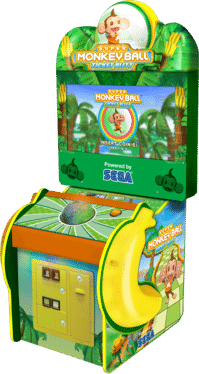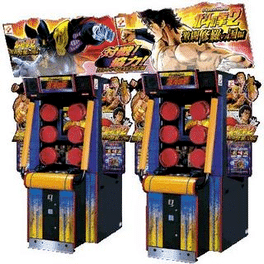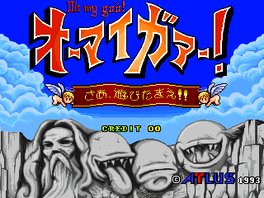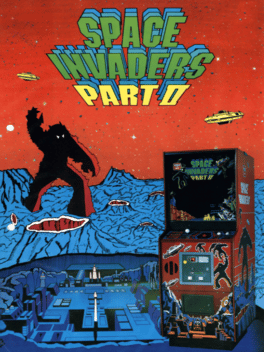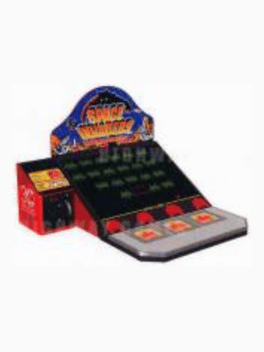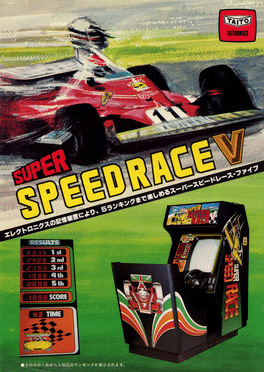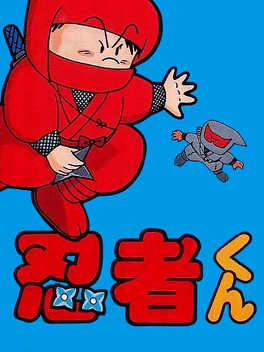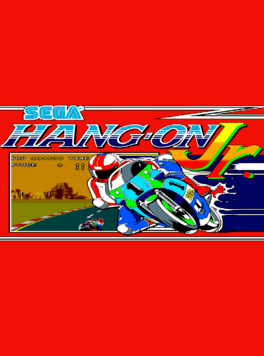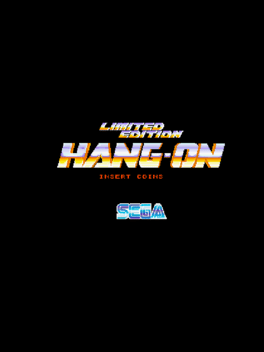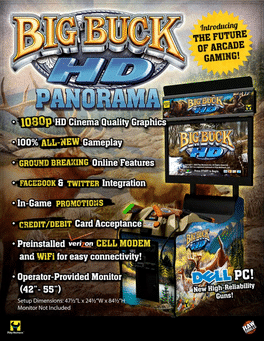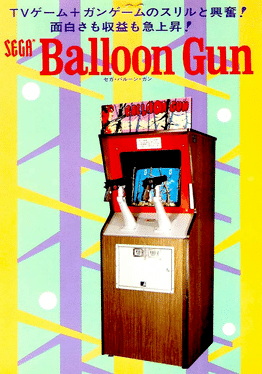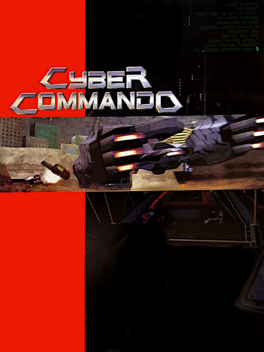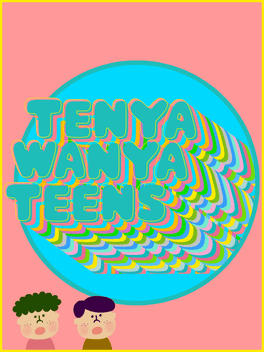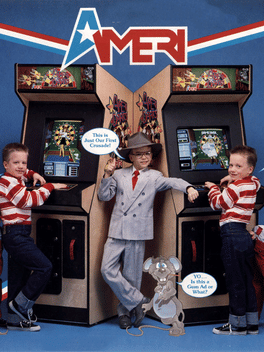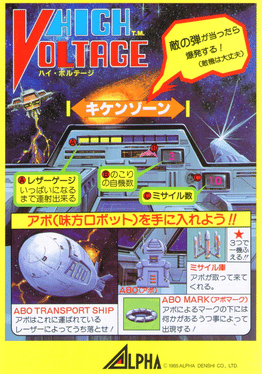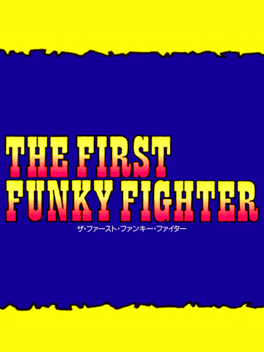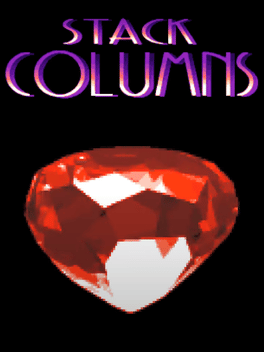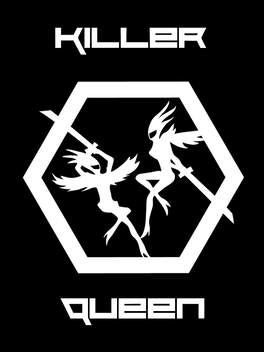Most Popular Arcade Games - Page 82
-
Super Monkey Ball: Ticket Blitz
2010
Super Monkey Ball: Ticket Blitz continues the adventures of AIAI. The adorable Monkey-in-a-Ball who started the Monkey Ball franchise 10 years ago. Perfect for all ages. This Super Monkey Ball Ticket Blitz arcade machine is the must-have ticket redemption game of the year! Let your players go bananas with Super Monkey Ball Blitz! -
Punch Mania Hokuto no Ken 2: Gekitou Shura no Kuni Hen
This arcade cabinet was the sequel to the original Punch Mania cabinet with and extra story mode and co-op mode added as well. -
Oh My God!
1993
-
Sound Voltex
2012
Sound Voltex
2012
A new rhythm arcade game by Konami that features a unique control booth and user-made content. -
Deluxe Space Invaders
1979
Originally called Space Invaders Part II in Japan, this is the first sequel to the coin-munching hit Space Invaders. This game is notable for introducing the concept of a cut-scene. -
Super Speed Race V
1979
-
Ninja-Kid
1984
-
Hang-On Jr.
1986
-
Limited Edition Hang-On
1991
Like Hang-On Jr. before it was of Hang-On, Limited Edition Hang-On is a simpler-course version of Super Hang-On. LE Hang-On is identifiable by having a full-bodied motorcycle as part of the cabinet. -
Professor Pac-Man
1983
-
Big Buck HD
2012
-
Balloon Gun
1974
Balloon Gun
1974
Released by Sega in 1974, it was an early first-person light-gun shooter video game, featuring both single-player and multi-player modes. -
Cyber Commando
1994
Cyber Commando
1994
Cyber Commando is the 1994 sequel to Namco's 1993 arcade game Cyber Sled. The game ran on the Namco System 22 arcade hardware, the successor to the Namco System 21 arcade board which Cyber Sled ran on. The player pilots a futuristic tank that glides smoothly over the surface like a 'sled', searching for enemies to destroy. -
Tenya Wanya Teens
2013
Tenya Wanya Teens
2013
From Keita Takahashi, the creator of Katamari Damacy and Noby Noby Boy, comes a game about pushing buttons. -
AmeriDarts
1989
AmeriDarts
1989
Released in 1989 from Ameri, AmeriDarts is a trackball controlled darts game featuring Shootout, Flash, 301, High Score and Cricket variations. -
High Voltage
1985
-
The First Funky Fighter
1993
The beautiful Chris has been kidnapped by flying crocodiles! Now Chris's boyfriend Randy must fight his way through hoards of reptilian monsters to save her! -
Stack Columns
1994
Stack Columns
1994
Stack Columns is a more competitive version of the classic puzzle game that was released in arcades in 1994. -
Killer Queen
2013
